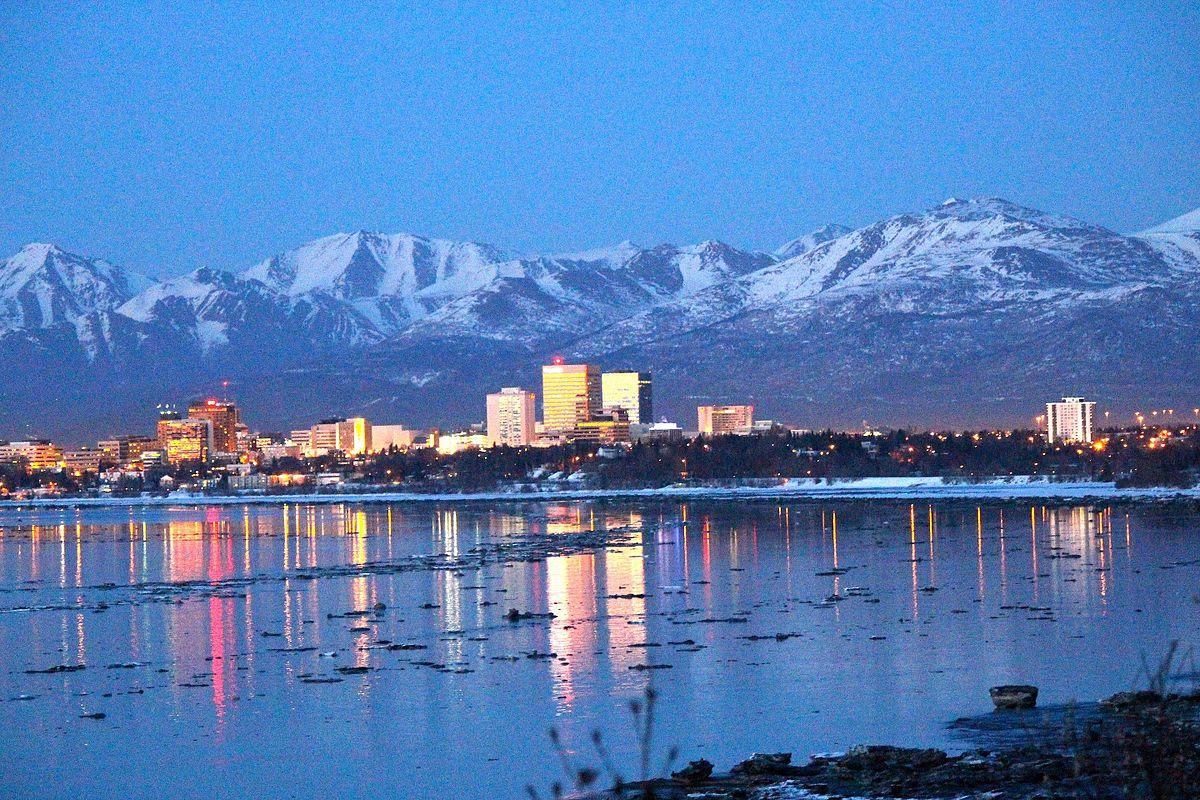SAN FRANCISCO, March 14 (Xinhua) -- The U.S. northwestern state of Alaska is getting one step closer for Chinese investment in its ambitious energy program after U.S. energy regulators set assessment in motion for a planned liquefied natural gas (LNG) project in the state.
The Federal Energy Regulatory Commission has set December 2019 as the deadline for the Alaskan LNG project to receive its final environmental impact statement, which Alaska Governor Bill Walker said has cleared a hurdle for investments in the project, local media reported Wednesday.
"This is a major step forward that establishes clarity and predictability in the federal permitting process, which is critical for investors," Walker said in a statement.
The LNG project in the design phase in Alaska would connect a natural gas reservoir in Prudhoe Bay in northern Alaska through 800 miles (about 1,280 km) of pipe with a liquefaction plant on the southcentral Alaskan coast.
The project, upon completion, will have an annual design capacity of 3.9 billion standard cubic feet (100 billion cubic meter) per day peak capacity of natural gas.
Alaska has been aggressively seeking foreign funds, particularly Chinese investment, for its energy program.
The U.S. state signed an agreement with Chinese energy company China Petrochemical Corp., or Sinopec, last November on the latter's purchase of its LNG resources.
Sinopec said it was interested in the possibility of LNG purchase on a stable basis from Alaska state.
Walker announced last week that he would lead a delegation of state trade representatives to China in May to deepen Alaska's business ties with the world's second largest economy.
Walker's office said that China has been the top consumer of Alaskan goods since 2011.
Statistics show that Alaska exported 1.32 billion U.S. dollars worth of goods, including 796.2 million dollars of seafood and 64.6 million dollars of fishmeal to China last year, which created thousands of jobs for local fishermen.
The U.S. northwesternmost state also exported 355.8 million dollars of mineral ore, 49 million dollars of energy, and 48 million dollars and 5.9 million dollars of forest products and machinery, respectively.
